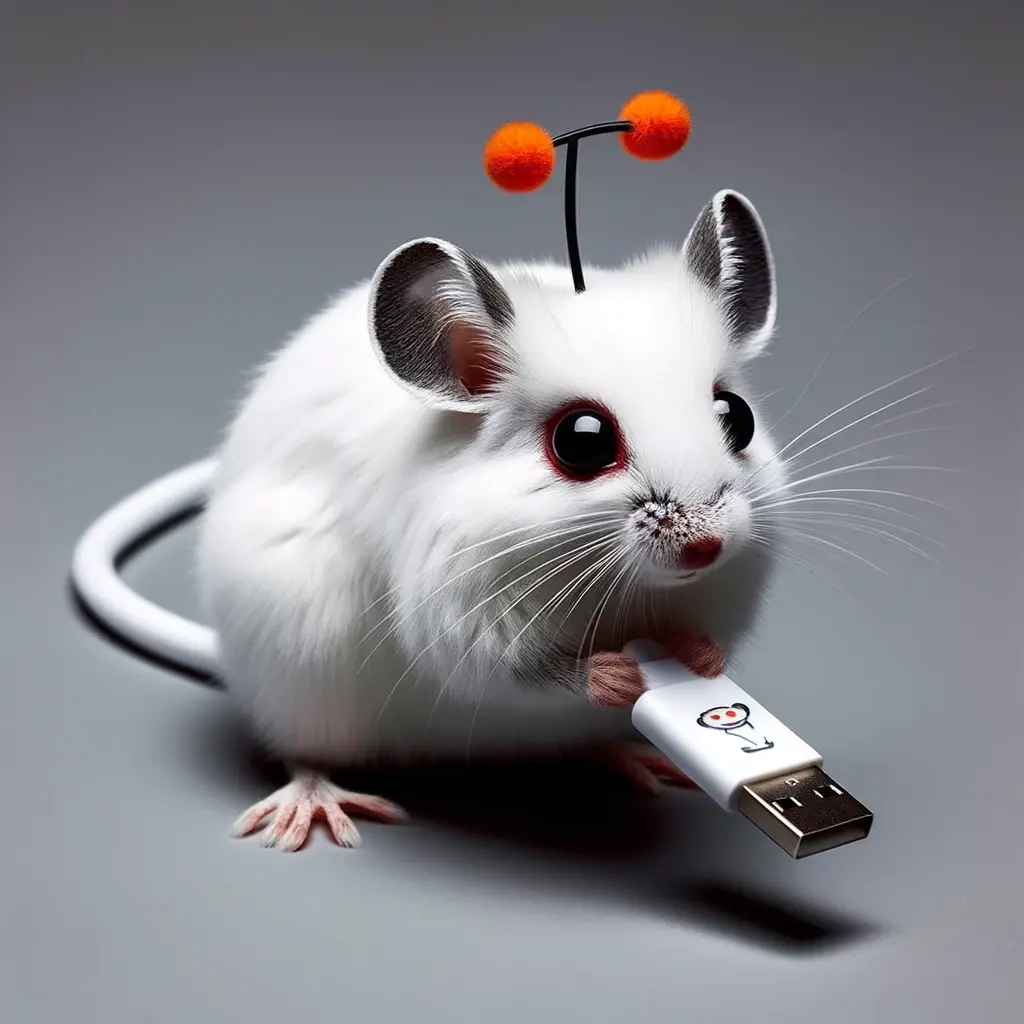This is an automated archive made by the Lemmit Bot.
The original was posted on /r/fighters by /u/ParadisePrime on 2025-09-30 08:31:26+00:00.
With Teemo coming out, I’ve been thinking about how fighting games handle character weight and size. Size can change hurtboxes/hitbox interactions in interesting ways. On one hand, they add variety:
- Lighter characters are faster but die sooner
- Heavier characters are tanky but often easier to combo
On the other hand, they can feel like arbitrary quirks that create extra work or matchup tax, especially when one character is designed so differently that you have to learn unique routes.
I see a lot of people complaining about “having to learn new combos” for specific characters. But how is that really any different from Oki, or from matchup-specific setups? We already adjust our play based on who we’re fighting and what their options are. Isn’t learning slightly different combo routes just an extension of that?
I do get the frustration when it’s not just a slight adjustment, but instead a full-on rewrite of your routes for one outlier character. That’s less about the idea of weight/size differences and more about design consistency.
So what do you think?
Do weight/size mechanics make fighting games more interesting, or just add busywork?
Is learning character-specific combo routes just part of the game, like Oki, or only a problem when one character is too much of an exception?


